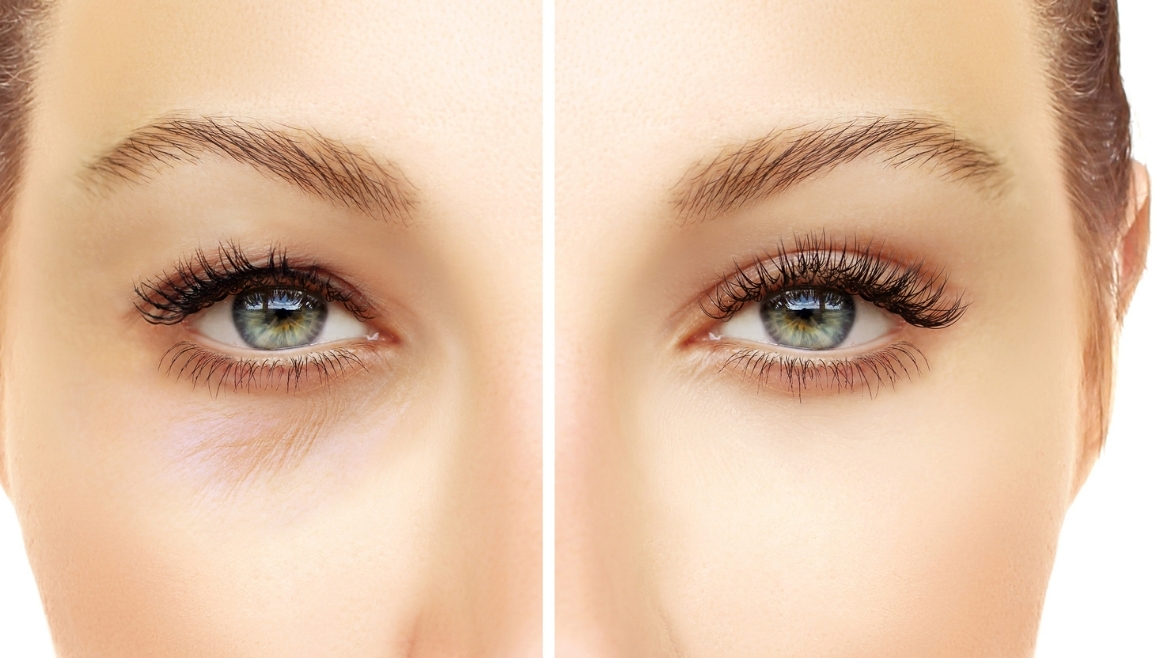Blepharoplasty (droopy eyelid)

Blepharoplasty Procedure:
- Inspection and Planning:
The first step is for a specialist surgeon to examine the patient, evaluate the eyelid problems, and understand the patient's expectations.
- Anesthesia:
It is a procedure usually performed using local anesthesia or sedation. In some cases, general anesthesia may also be preferred.
- Incision Locations:
- Correction of Textures:
The surgeon heals the tissues around the eyes by correcting excess fat accumulation, sagging skin or muscle relaxation.
- Stitches and Healing:
After the procedure is completed, stitches are placed. Swelling and bruising around the eyes are normal during the healing process, but will decrease over time. The full recovery process varies from person to person.
Results:
Blepharoplasty generally provides a younger, fresher and more vigorous appearance. With the correction of droopy eyelids, bags and fine wrinkles, patients may notice that their eyes gain a younger and more vibrant expression.
Things to pay attention:
- Although blepharoplasty is generally a safe procedure, like any surgical intervention it involves certain risks. Complications such as infection, bleeding, and problems with the healing process may be rare.
- The recovery process may vary from patient to patient, but social activities can usually be resumed within a few weeks.

